Deep Learning and Neural Networks
Deep learning is a subfield of ML that focuses on training artificial neural networks (ANNs) with multiple layers to extract hierarchical patterns from data. Unlike traditional ML algorithms, which rely on handcrafted features, deep learning models automatically learn features from raw input data, making them highly effective for complex tasks.
Neural networks are inspired by the structure of the human brain and consist of interconnected layers of neurons. Each neuron applies mathematical transformations to its inputs and passes the output to the next layer. The training process involves backpropagation, a method that adjusts the weights of the network using gradient descent to minimize prediction errors.
There are several types of deep learning architectures, each suited for different applications. Convolutional Neural Networks (CNNs) are widely used in image recognition and computer vision, while Recurrent Neural Networks (RNNs) and Transformer models are powerful for natural language processing (NLP). More advanced architectures, such as Generative Adversarial Networks (GANs) and Autoencoders, are used for generating synthetic images, enhancing video quality, and anomaly detection.
Deep learning has revolutionized fields such as facial recognition, voice assistants, medical imaging, and autonomous systems. Despite requiring large datasets and high computational power, its ability to achieve human-level performance in many domains makes it one of the most influential ML techniques today.



